Conservation
All Conservation Content

Private Property vs. Public Access: Managing Non-Meandering Waters in South Dakota's Prairie Pothole Region
Fact sheet on managing non-meandering waters in South Dakota's prairie pothole region.
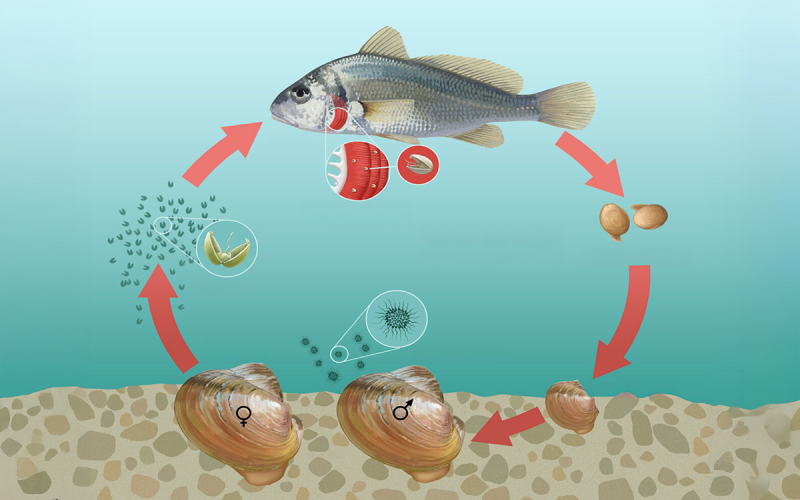
The Importance of Fish for Native Freshwater Mussel Reproduction
To reproduce, freshwater mussels rely on fish to carry their young into new areas and disperse them when they are old enough. By conserving suitable fish habitat, it also allows us to indirectly conserve mussels by providing necessary resources for mussels to reproduce.
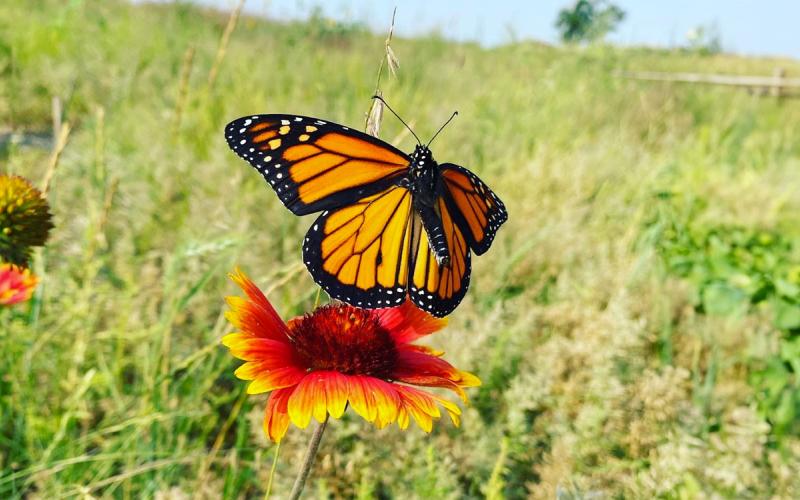
Backyard Natural Resources Webinar Series
Learn how to support healthy ecosystems in your backyard and beyond in this webinar series.

Northern Plains Water Voice
SDSU Extension, in collaboration with its partners, will provide an educational video series on the issues and topics that impact water resources in South Dakota and the surrounding region.
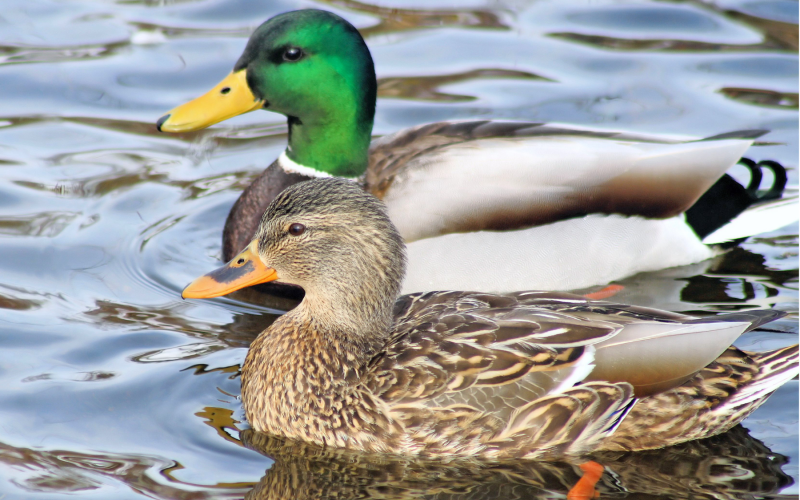
SDSU Extension, SD Grassland Coalition sponsor Wallace Duck Day
June 27, 2025
South Dakota State University Extension and the South Dakota Grassland Coalition are excited to announce a conservation-focused bus tour as part of this year’s Duck Day in Wallace.

Eastern South Dakota Water Conference 2024
The Eastern South Dakota Water Conference will be held on Wednesday, October 16, 2024, at the McCrory Gardens Education and Visitor Center (631 22nd Ave., Brookings, SD 57006).
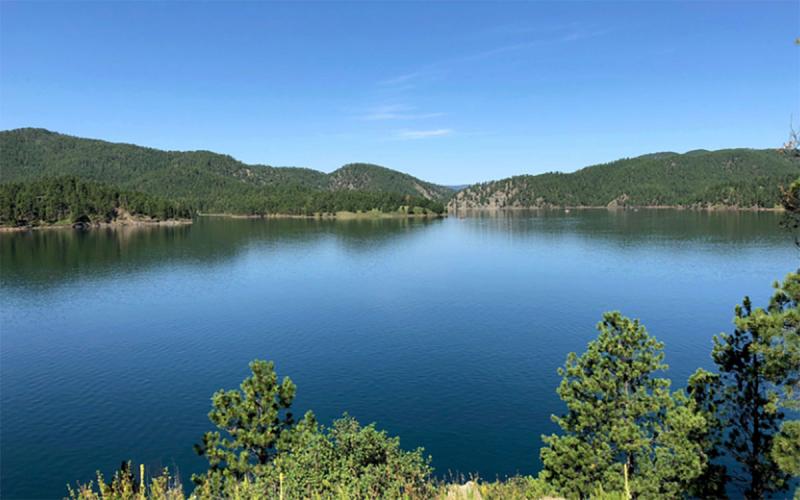
Understanding Suspended Solids in South Dakota's Waterways
Fact sheet on understanding suspended solids in South Dakota's waterways.

Water Quality Standards in South Dakota
Fact sheet to raise awareness among citizens of South Dakota about the Water Quality Standards in the state.

Permitting Considerations for Riparian Areas
Streams and riparian areas are a valued resource to ranchers, providing, among other things, forage, water, and shelter for livestock. Unfortunately, their relatively low prevalence on the landscape and livestock’s heavy reliance on them has led to widespread degradation to many streams and riparian environments in rangelands worldwide.
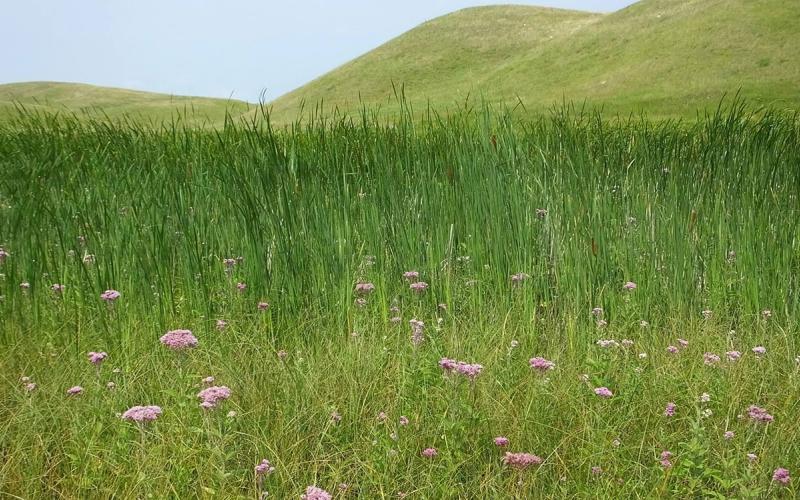
Understanding Grassland Terminology
Before learning the best practices of grassland management, it's important to know some of the common terminology used in the land management and conservation arena.